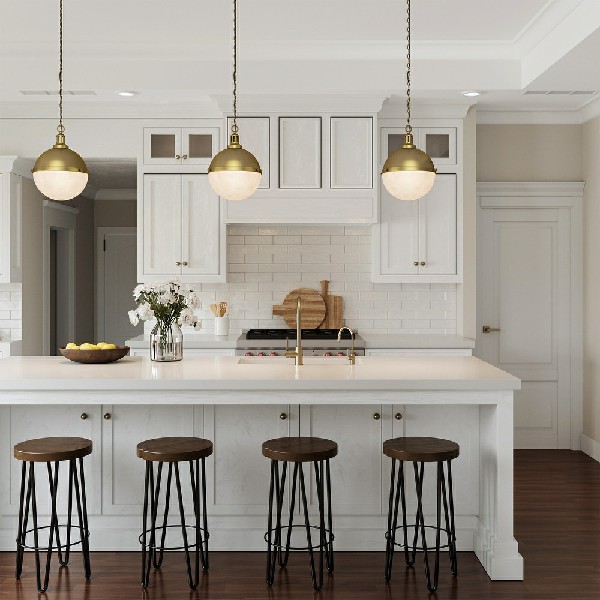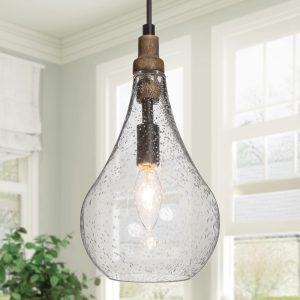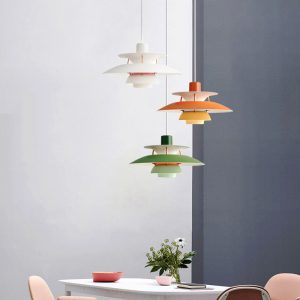A room is an area bounded by walls or partitions and occupied by people. The word may also refer to a specific area within a building or structure, such as an apartment, office, or library. Rooms may also be used to denote a type of activity, such as the huddle room that many companies are now creating in order to foster more productive meetings Lamp24.
A room can be decorated to suit the tastes and needs of its inhabitants, but there are a few basic rules that should always be followed. First, it’s important to pick a single focal point for the room, such as a fireplace or a bank of windows. Then arrange the furniture around it. Similarly, a room should have a clear visual flow, so it’s best to stick to a similar color palette and decorating style throughout the space.
If you’re working with a small space, it’s also helpful to emphasize vertical space rather than spreading items out flat across the floor. This makes a room feel bigger and more open. Whether it’s a tall piece of shelving, some bare shiplap like Michaela Scherrer used in her bedroom, or even just a simple tin ceiling like Rudy Saunders did in his living room, opting for one element that draws the eye upward will make the room feel bigger.
Another way to maximize a room is to push all of the furniture toward the edges of the space. This can create a cozy nook that’s ideal for reading, relaxing, or holding conversations. But be careful not to crowd the space too much, as this can cause a claustrophobic feel.
Lastly, it’s important to think of a room as a functional place that can easily transition between uses. For example, if you have kids, a game room can be converted to a bedroom for when they have friends over. This can also help improve family communication by bringing everyone together over fun activities that promote positive interactions.
Room reservation software helps to ensure that the right rooms are being utilized at the right times. By recording usage data, managers can easily see how many people are in each room and adjust accordingly. This can increase productivity and reduce the cost of utilizing external conference facilities.
Room booking solutions also help to keep track of the number of employees that are working from home, allowing for better management of remote workers and ensuring that all team members have access to the resources they need to work effectively. This can help businesses stay competitive and attract and retain talent. It can also help to boost team morale by making it easier for employees to connect and collaborate with one another. This can lead to improved ideas and more innovative solutions, helping them to meet their business goals faster. This leads to an overall positive impact on the company’s bottom line.



